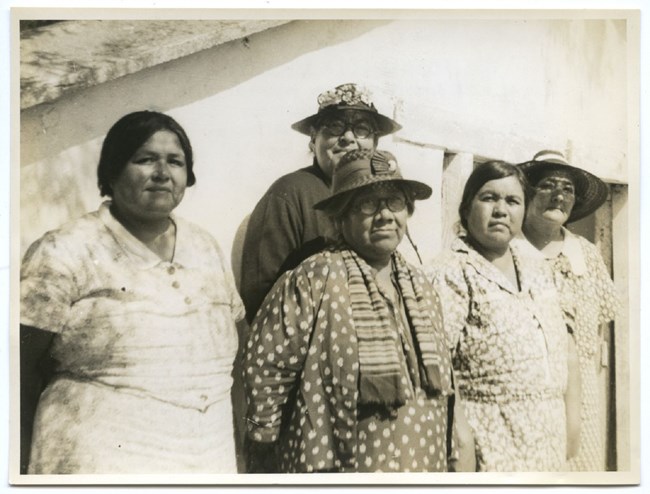Let’s dive into learning about women’s suffrage and the 19th amendment, which granted (white) women the right to vote in the United States in 1920. The amendment, however, did not mean that African American women did not face discrimination and violence when they tried to exercise their constitutional right to vote. Indigenous women could not vote until 1924 since they were not considered United States citizens until then, meaning they waited 4 more years than white women to vote. Women of color were disenfranchised until the Voting Rights Act of 1965. Read up in your textbook about this topic, including how black women organized themselves and how they were marginalized by the mainstream white women’s suffrage movement.
Watch the following video (5 minutes total) and be caught up on your textbook reading. Also, read the less than 1-minute National Park Service website blurb linked, then answer the questions below.
ASSIGNMENT
Compare and contrast the various ways different groups of women fought for women’s voting rights in the United States. How does intersectionality inform this discussion? Provide at least 1 (one) quote and citation from each source shared in this DQ (video and article). Your entire response should focus heavily on specific historical details, context, and analysis.


